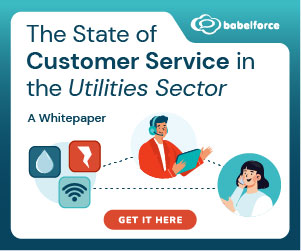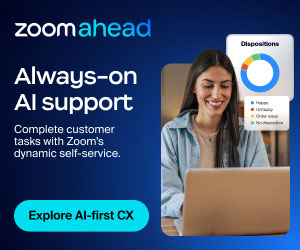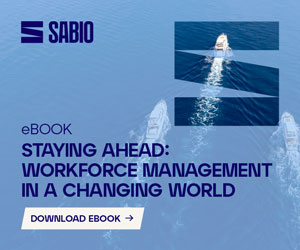Customers move fast. Most feedback systems don’t. And that gap is killing the customer experience. Companies are investing heavily in platforms that promise better insights, but most still struggle to turn feedback into action. The data comes in too late. Signals are vague. And teams are left guessing.
The issue isn’t a lack of information. It’s a lack of precision and strategy.
Why Feedback Often Falls Short
Many organizations still operate behind the moment. A customer reaches out, confused by a billing issue, frustrated about a delayed shipment, or unsure how to cancel a service. The agent responds, resolves what they can, and the interaction ends.
A few days later, the customer receives a generic survey that asks, “How did we do?”
But by then, the moment has passed. The emotion is gone – or it has only gotten worse. The context is unclear. And the feedback, if it comes at all, lacks meaning.
Customers want to be heard. The problem is that most companies are not listening or acting when it matters.
This lag makes it difficult to respond with clarity or confidence. Generic surveys tend to surface responses from only the most vocal customers: the frustrated or the thrilled. Everyone else, the ones with valuable context and nuance, goes unheard.
What Changes When Data Gets Smarter
To fix the feedback gap, companies need more than broad survey metrics. They need to capture feedback at the moment it matters and link it directly to the interaction that triggered it.
That means analysing real-time conversations across voice, chat, and digital channels to understand the full journey.
Customers already expect this level of precision. They don’t just hope you’ll follow up, they assume you’re listening, responding, and improving in real time. When that doesn’t happen, it creates dissonance. And customers notice.
When feedback is tied to real interactions, CX, contact centre, and marketing teams gain clarity. They can see:
- What actually happened in the conversation
- How the customer felt at that moment
- What prompted the feedback
- Where action is needed, right now
With that kind of insight, teams stop guessing and start acting. They become more aligned, more proactive, and better equipped to drive meaningful change.
Precision Drives Better Outcomes
When feedback is contextual, it drives results. Teams can flag churn risks while there’s still time to respond. They can coach customer service agents more effectively using real examples, not just survey scores. Escalations happen faster because there’s clear evidence behind them.
It also helps replicate what works. By connecting feedback to specific agents, touchpoints, or processes, high-performing patterns become visible.
These practices can be scaled across teams. Friction points can be addressed with precision, not guess and check… or hope.
Feedback as a Strategic Advantage
The goal isn’t just to collect more feedback. It’s to collect the right kind, targeted, contextual, and tied to the moments that matter.
By connecting signals across channels and capturing them in the moment, organizations can finally close the loop between insight and action.
This blog post has been re-published by kind permission of CallMiner – View the Original Article
For more information about CallMiner - visit the CallMiner Website
Call Centre Helper is not responsible for the content of these guest blog posts. The opinions expressed in this article are those of the author, and do not necessarily reflect those of Call Centre Helper.
Author: CallMiner
Reviewed by: Rachael Trickey
Published On: 5th Aug 2025
Read more about - Guest Blogs, CallMiner






 CallMiner is the leading cloud-based customer interaction analytics solution for extracting business intelligence and improving agent performance across all contact channels.
CallMiner is the leading cloud-based customer interaction analytics solution for extracting business intelligence and improving agent performance across all contact channels. 


































